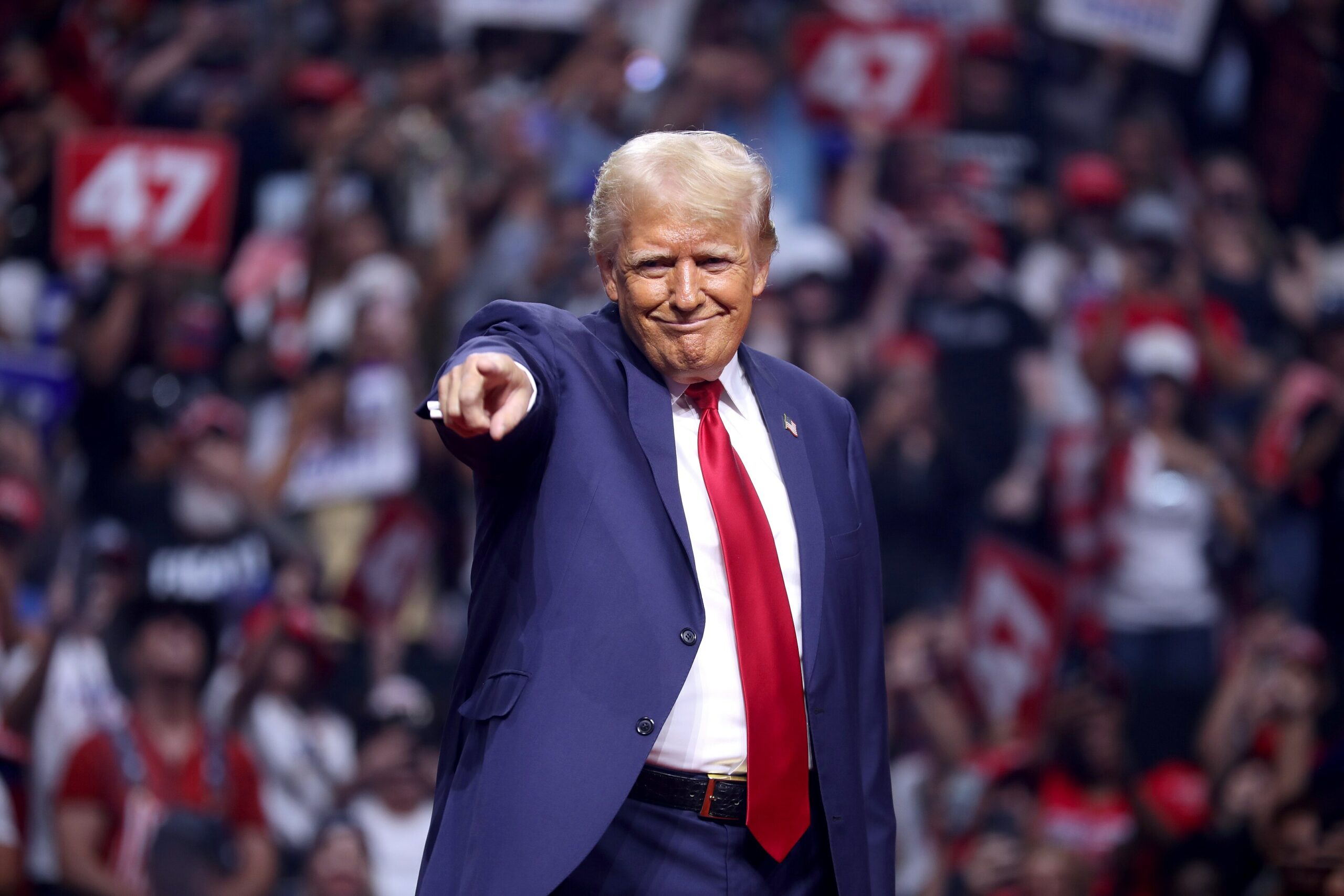 BBC News
BBC NewsBorrowing was £17.4bn last month, the second highest October figure since monthly records began in 1993.

Finito World
On a blustery spring morning in Washington, President Donald Trump stepped into the White House Rose Garden and declared April 2nd “Liberation Day”—a moment he described as a “declaration of economic independence” for the United States. His announcement: a sweeping, unilateral imposition of tariffs, including a universal 10% levy on all imports, with higher rates for nations the administration claims have long “taken advantage” of the U.S.
The United Kingdom, as a close ally and significant exporter to the U.S., has found itself squarely in the crosshairs of this new trade reality. The effects are already being felt—and they’re likely to ripple across British industry, employment, and long-term economic planning.
Reality Hits the UK’s Manufacturing Sector
While Trump’s tariffs may be aimed at reindustrialising the American heartland, they land awkwardly for UK exporters—particularly those in steel and aluminium. Companies like Bright Steels in North Yorkshire, for instance, now face real uncertainty: shipments bound for the U.S. may arrive just after the tariffs take effect, slashing margins and destabilising contracts. A spokesperson told *The Times* they’re bracing for potential losses and logistical chaos.
And the problem doesn’t end with direct exports. With access to the U.S. suddenly restricted, countries like China and South Korea are expected to redirect their steel exports elsewhere—Europe and the UK chief among the alternative destinations. That influx could flood the UK market with cheap imports, undercutting domestic producers and placing heavy pressure on local employment.
The Community union has already raised the alarm, calling for “comprehensive safeguards” to prevent a race to the bottom in pricing and to protect jobs in an already embattled sector.
Trade Shock Reverberates Through the Economy
The macroeconomic picture is also darkening. The British Chambers of Commerce (BCC) this week downgraded its 2025 growth forecast from 1.3% to just 0.9%, citing global trade uncertainty and rising operational costs for employers. Export growth, previously expected to tick up slightly, is now forecast to contract by 0.5%.
Rising National Insurance contributions and higher minimum wage obligations are already weighing on employers, and the added strain from disrupted trade could dampen hiring and investment further. Reuters notes a shift in sentiment among mid-sized firms: most are now taking a “wait-and-see” approach on recruitment, wary of global volatility.
Jobs and Skills: An Employment Crunch on the Horizon?
The impact on employability in the UK may become one of the more profound long-term consequences of this tariff shock. While direct jobs in steel and aluminium are most immediately at risk, the broader skills landscape is equally in question.
If global trade becomes more fragmented and protectionism takes root, the UK will need to rethink the nature of its workforce. For many economists, this moment represents a pivot point. Without rapid investment in retraining and new sector development, thousands of workers—particularly in manufacturing-reliant regions—could be left behind.
Shadow Chancellor Rachel Reeves has warned that the UK risks falling into a widening “skills chasm” unless reskilling becomes a national priority. “We cannot afford another generation of workers excluded from the future economy,” she said during a recent economic policy roundtable.
There is, however, opportunity in the adversity: demand may rise for roles in advanced manufacturing, green technologies, automation, and cybersecurity. But seizing that opportunity will require serious and coordinated government action.
Strategic Realignment: The US, China, and a Reordered World
Trump’s tariffs are not just about economic revival at home. As detailed in his *RealClearPolitics* interview, the move is as much a geopolitical statement as it is an economic one. The White House is openly positioning itself in opposition to China’s Belt and Road Initiative, and the broader effort by Beijing to establish the yuan as a global trade currency.
The dollar’s role as the world’s reserve currency, Trump argued, gives America “a responsibility to act before it’s too late.” By reinforcing domestic supply chains and curbing reliance on low-cost imports, the administration hopes to consolidate economic sovereignty.
White House economic adviser Jared Bernstein went even further, linking the tariffs directly to national security: “Reshoring isn’t just about jobs—it’s about resilience in an increasingly unstable world.”
That worldview presents a strategic dilemma for Britain. As a close U.S. ally but also an active trading partner with China, the UK finds itself caught between two giants. Does it double down on transatlantic alignment, or pursue a more non-aligned strategy that keeps the Chinese market open?
Downing Street’s Response: Pragmatism Over Retaliation
In Parliament, Prime Minister Keir Starmer has tried to steady the ship. During Prime Minister’s Questions, he emphasised that the UK is “prepared for all eventualities” and does not intend to respond with knee-jerk countermeasures. Instead, the government is pursuing what it describes as a broader “economic prosperity agreement” with the U.S.—one that might offer Britain exemptions or special trading status in return for closer cooperation.
The hope is to avoid escalation. But behind the scenes, pressure is mounting on Downing Street to act decisively to protect key industries and jobs. Business leaders from steel, engineering, and chemicals sectors are calling for targeted support packages and a fast-tracked strategy for industrial competitiveness.
Crossroads or Crisis?
Trump’s Liberation Day may go down in history as a turning point in global trade policy. For Britain, it is both a challenge and an invitation: adapt to a changing global order, or risk being left behind.
In the short term, there is no question that UK industry—particularly in manufacturing and export-heavy sectors—will take a hit. But longer term, this moment could spur the innovation and investment needed to retool Britain’s workforce for the future.
What happens next depends on the choices made in Whitehall, in boardrooms, and on factory floors up and down the country. The world may be entering a more fragmented, protectionist era—but that doesn’t mean the UK has to emerge weaker from it.